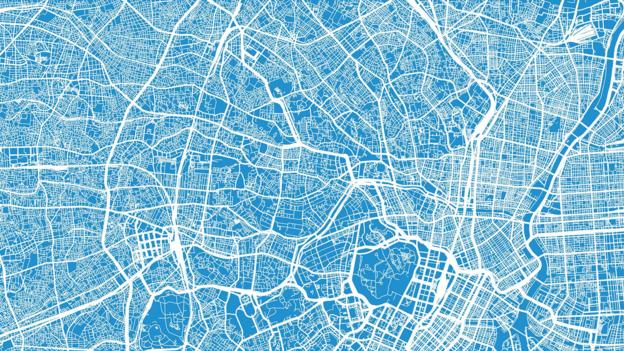Tokyo’s incredible path to redevelopment www.bbc.com

Once again ambitious plans to rebuild Tokyo were made which would remedy the lack of green space and a modern, comprehensive infrastructure system.
For example, 10% of the urban areas were to be allocated to parks, and 100-metre wide boulevards with extensive promenades and linear parks would subdivide the city in clusters of 300,000 residents each.
An ambitious land readjustment project sought to reorder almost all parts of Tokyo outside of the area that was rebuilt after the 1923 earthquake.
Within a single lifetime the metropolis of Tokyo has been completely remade not just once but several times.
To many it might appear regrettable that the majority of reconstruction projects in Tokyo were not realised, but the urbanists Martias Echanove and Rahul Srivastava consider the failure of the comprehensive recovery plans as a blessing that was responsible for the quick recovery of the city.